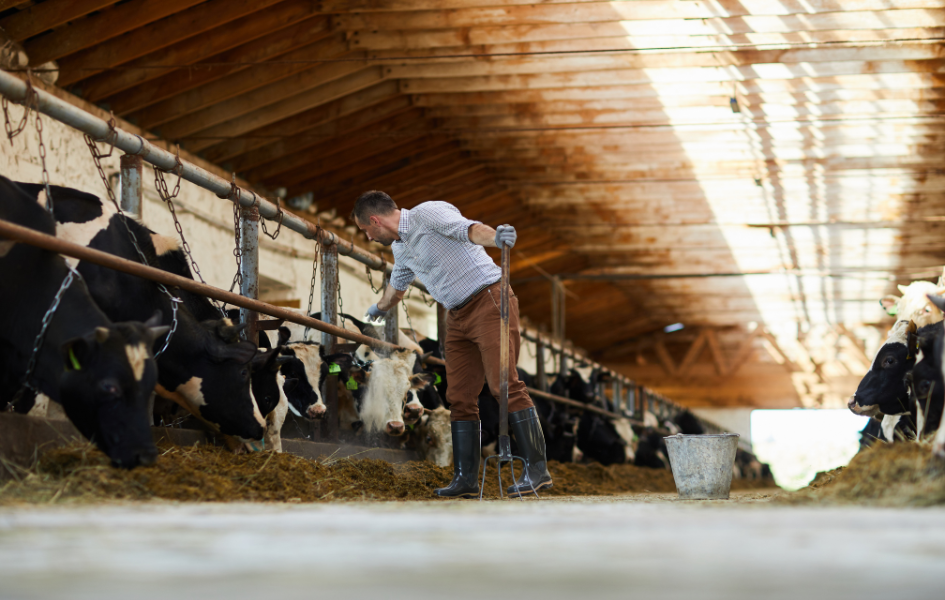
It’s Spring On The Farm
IT’S SPRING ON THE FARM, AND IT’S RAINING BABIES
When the spring showers start, if you’re running a farm, it can seem as if it’s raining baby animals, too. Cows, pigs, sheep, horses, and poultry — all seem determined to pack your paddocks, stalls, and pens with their progeny. Most often, animal mothers follow their instincts to render whatever care their new arrivals need, but you should be ready to help.
- Do your homework. Make sure you know the challenges each new baby — and baby’s mother — is facing. For instance, after farrowing, that sow may have more piglets in her new litter than she does teats to feed them. Certain breeds of sheep and goats are also known for producing more live births than a new mother can easily provide for. To keep everyone adequately nourished, you may have to spend some time bottle-feeding
- Spend some one-on-one time with them. Most of the animals on your farm are members of a herd or a flock, but you should remember that they’re individuals, too. And individuals have different personalities, unique needs, and quirks that need to be accommodated and behaviors that need to be watched, particularly as they near the end of their pregnancy. Face-time with individual animals is also a good time to be sure they’re clean and healthy.
- Provide adequate shelter. Spring weather is unpredictable — freezing in the morning, temperate by afternoon, or vice versa. Sometimes your livestock — particularly babies — need someplace to shelter when things turn inclement. Even an open shed with loose straw spread inside it can make a difference.
- Make sure moms have enough to eat. Supplying extra feed during gestation is an investment in healthy mothers and thriving babies.
- Provide plenty of clean water. Nursing mothers need a lot of it. A cold-snap can flash-freeze a water trough and deny your stock access to hydration — a circumstance that can quickly turn critical.
- Anticipate problems. It’s your vet’s busiest time of the year, and they may not be able to make it to that distressed cow’s side in time if her delivery gets complicated. Make sure your medicine chest is well-stocked, keep a close eye on animals as they near their term, and don’t wait until the situation is dire to call for help.
- Keep an exact count of the new arrivals. When your ewes are birthing lambs left, right and center, it can be easy to lose track. This is more than just a good idea; in many jurisdictions, each farm animal must be clearly identified.
- Keep ’em clean. New arrivals have a harder time adjusting to spring’s sometimes sloppy conditions, and being wet and muddy can quickly bring on hypothermia or make a young animal more vulnerable to parasites or opportunistic illnesses.
- Keep the extended family together. Most livestock are herd animals, and derive their sense of safety, security, and well-being from their proximity to their kind.
Sources: hobbyfarms.com, australiaunwrapped.com, afia.org
Blog Credit to our Partners: Grinnell Mutual
